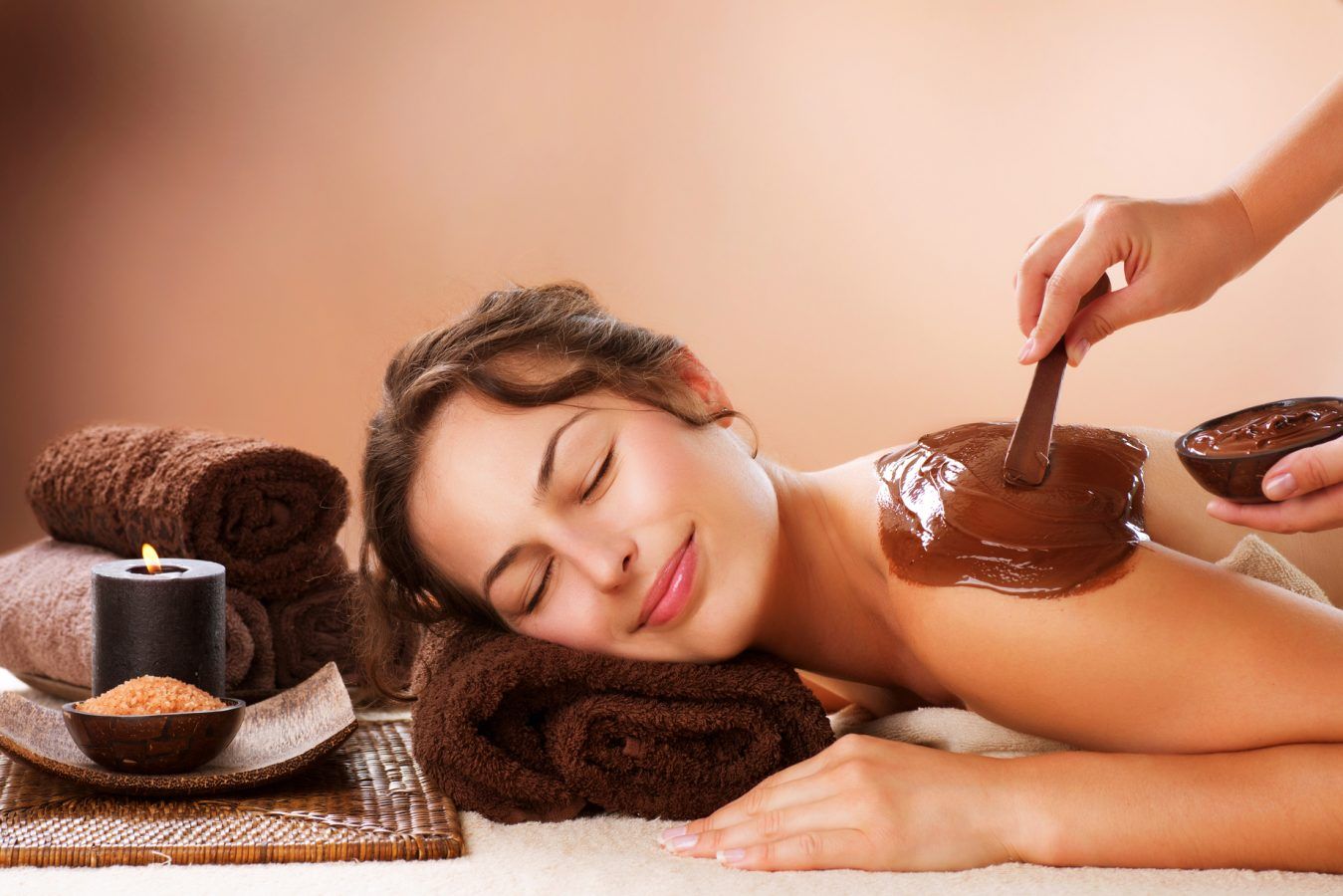Brazilian and Swimwear Waxing: Professional Solutions for Summer-Ready Skin
Wiki Article
Understanding the Art of Shaving: Vital Tips for a Pain-free Hair Removal Experience
In the realm of individual pet grooming, grasping the art of shaving is an ability that can significantly improve one's hair removal experience. From pre-waxing prep work to picking the appropriate wax and grasping correct waxing methods, the journey to a pain-free shaving experience is led with understanding and expertise.Pre-Waxing Preparation
Prior to undertaking a waxing session, it is essential to properly prepare your skin to minimize pain and achieve optimum hair elimination outcomes. Avoid hydrating on the day of your shaving session as it can create an obstacle in between the wax and your hair, leading to less effective results.Furthermore, it is important to clean your skin thoroughly prior to waxing to get rid of any type of oils, lotions, or dust that can hinder the wax's capability to hold the hair. This step not only enhances the performance of the shaving procedure yet also helps in reducing the threat of post-waxing breakouts - Laser Hair Removal. By following these pre-waxing prep work actions, you can make certain a smoother and more comfortable hair elimination experience

Choosing the Right Wax
Picking the proper type of wax is crucial for making certain a comfy and successful hair removal procedure. There are a number of sorts of waxes offered, each catering to various skin kinds and hair appearances. The two main classifications of wax are hard wax and soft wax. Difficult wax appropriates for sensitive areas like the face, underarms, and swimwear line as it sticks only to the hair, making it less painful for these delicate areas. On the other hand, soft wax is optimal for bigger locations like legs and arms as it is applied thinly and removed with towel strips.When picking a wax, consider your skin level of sensitivity, hair thickness, and the area you prepare to wax. For those with delicate skin, hypoallergenic waxes with added soothing agents like chamomile or aloe vera can help in reducing inflammation. Crude hair might require a wax especially created for strong hair elimination. In addition, if you are new to waxing, it might be useful to begin with a gentle formula to determine your skin's response before trying a lot more powerful alternatives. Consulting with an expert esthetician can additionally provide useful understanding into the very best wax for your individual needs.
Appropriate Waxing Technique
To begin, it is crucial to cleanse the skin completely before applying the wax. In addition, always make certain that the wax is heated to the appropriate temperature level to prevent burns or ineffective hair elimination. Using the wax in the instructions of hair growth and eliminating it versus the hair growth helps to make certain that the hair is drawn from the origin, resulting in smoother and longer-lasting outcomes.Additionally, utilizing small sections of wax at once and pushing securely on the wax strip before removal can aid boost the effectiveness of the process. Lastly, bear in mind to apply gentle stress on the skin after waxing to calm any kind of pain and lower soreness. By adhering to these appropriate waxing techniques, you can achieve an extra successful and enjoyable hair removal experience.
Aftercare Tips

Additionally, it's recommended to avoid tasks that might create excessive sweating, such as intense workouts, instantly after waxing to protect against more inflammation. If any redness or bumps persist after waxing, using a cold compress or aloe vera gel can help minimize inflammation - Laser Hair Removal. Following these aftercare pointers diligently can guarantee a comfy my company and efficient waxing experience with long-lasting outcomes

Troubleshooting Common Issues
Resolving common concerns that might arise throughout the shaving procedure is critical to guaranteeing a successful and smooth hair removal experience. One usual problem is skin irritation, which can take place due to sensitive skin or incorrect shaving techniques. To relieve this, using a relaxing cream containing aloe vera or chamomile post-waxing can assist calm the skin. One more problem is ingrown hairs, where hair curls back or expands sidewards right into the skin after waxing. Regular exfoliation with a gentle scrub can stop in-grown hairs by getting rid of dead skin cells and allowing hair to expand freely. Additionally, if you experience bruising or redness after waxing, applying a chilly compress can reduce swelling and calm the skin. Last but not least, if you observe unequal hair elimination or patches of missed hair, think about adjusting your waxing method or seeking expert help for more detailed areas. By attending to these typical waxing concerns proactively, you can improve the general performance and comfort of your hair elimination routine.Verdict
In conclusion, understanding the art of waxing needs correct preparation, picking the best wax, using the appropriate strategy, and following aftercare suggestions. With practice and attention to information, waxing can be an effective hair removal method.Furthermore, it is important to clean your skin navigate to this website thoroughly prior to waxing to eliminate any type of oils, creams, or dust that can interfere with the wax's capability to grip the hair. The 2 major classifications of wax are difficult wax and soft wax.When selecting a wax, consider your skin sensitivity, hair density, and the area you intend to wax.In addition, making use of small sections of wax at a time and pressing firmly on the wax strip prior to removal can assist boost the effectiveness of the procedure. After waxing, it's vital to keep the waxed area tidy and totally free from irritants.
Report this wiki page